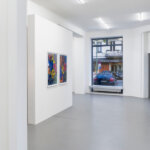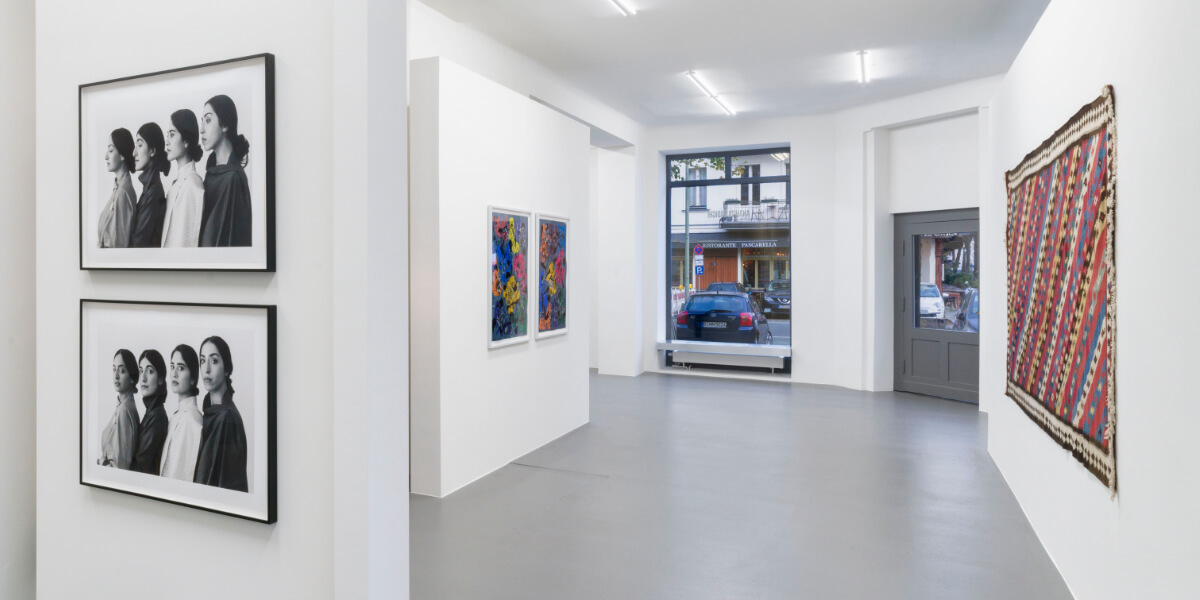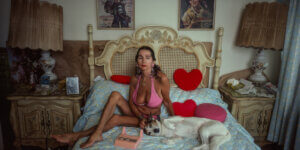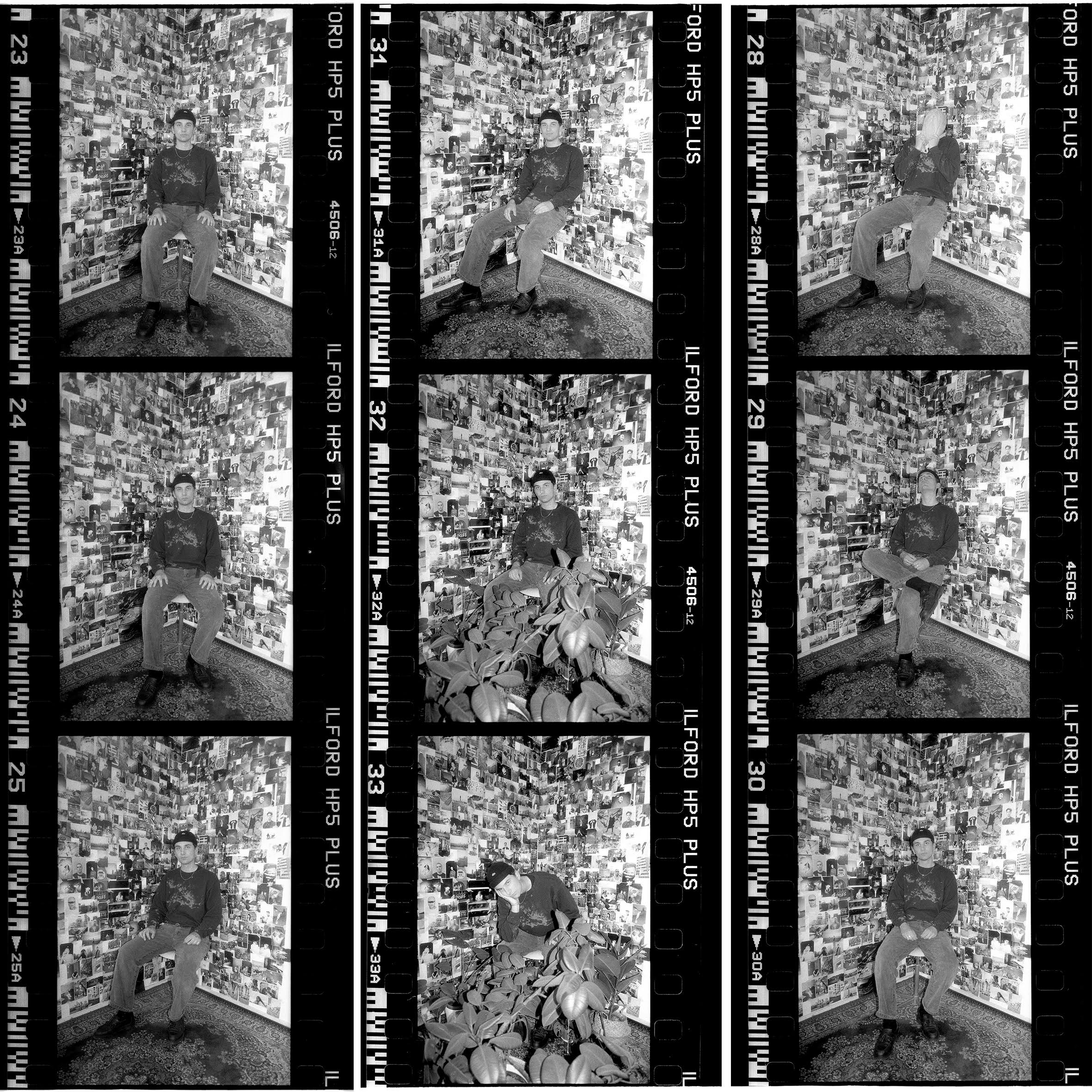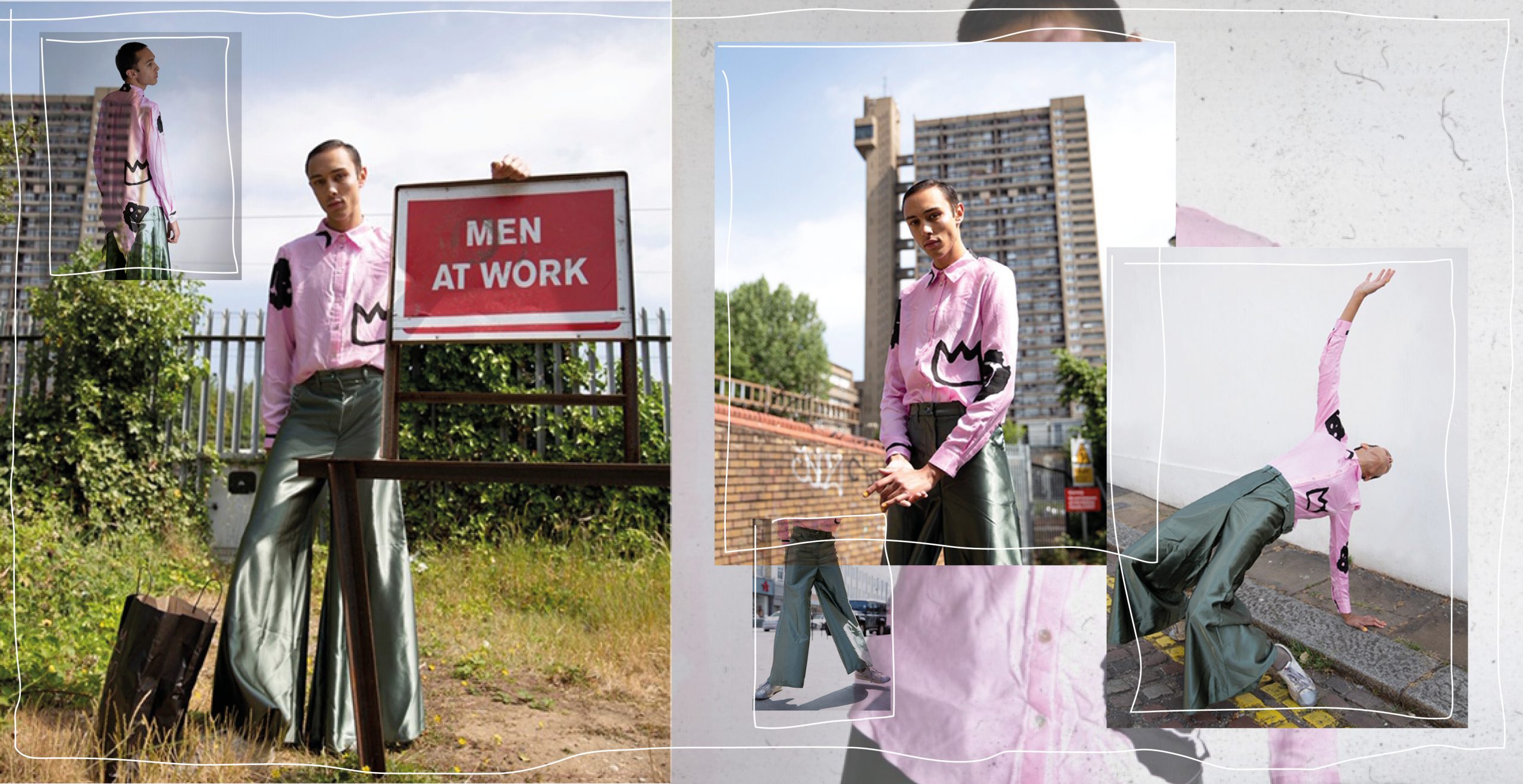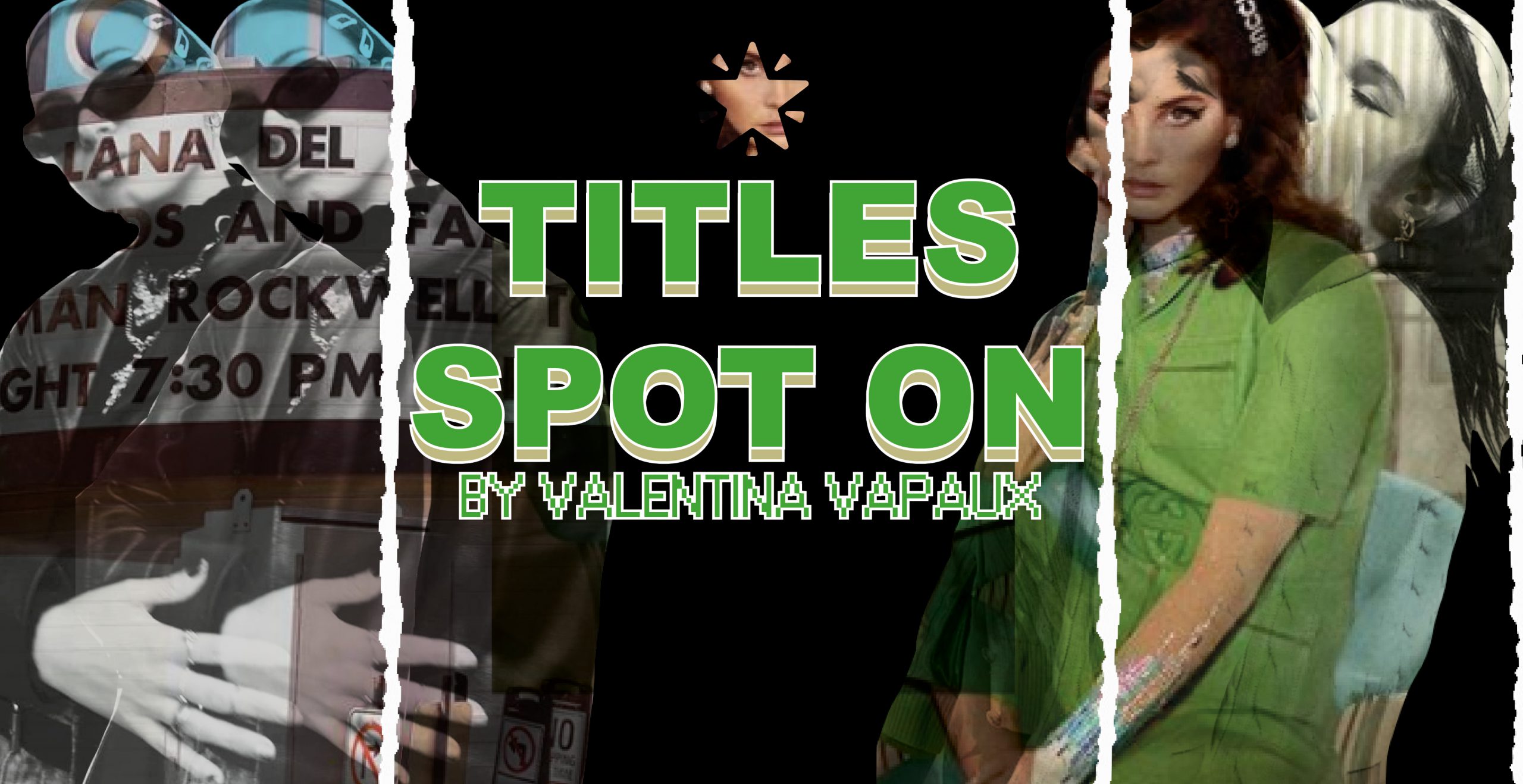Image by : Roman März
Anahita Sadighi Discusses Women’s Role in the Art World
There’s no doubt that the art world has existed in parallel to the actual, physical world—one cramped with chaos, social discontent, and economic and political hardship. However, within the realm of art, new perspectives aim to foster cultural dialogue and social engagement with less visible narratives, and that’s a task that gallerist Anahita Sadighi is undertaking with her eponymous gallery.
Speaking of her role as curator, Anahita explains how the connection across different media, eras, and cultures resonates too with the intersection of spaces of different kinds, from art and literature to performance and music. The intercultural and multidisciplinary exchange, together with the showcase of underrepresented voices from regions like Iran and the Global South, are shifting the gallery landscape of cities like Berlin, posing the question—what form does art embody when it leaves its white cube?
Hi Anahita, super exciting to be talking with you today! How about we start by talking about you and the way you’ve become a gallerist?
I have been exposed to art since I was a child, so dealing with it feels natural and playful to me. My family has been highly engaged with the art throughout my life, and I’ve inherited their passion.
What’s the concept behind your gallery ‘Anahita Sadighi’? What kind of curation and approach to art does it drive?
It’s important for me to convey current discourses through art and to revive the fascination for it as well as the culture from around the world. In my work as a gallerist and curator, I combine ancient and contemporary art in a special way. My aim is to create a dialog between different media, eras, and cultures in order to show connections and convey a contemporary understanding of art and cultural history. This specific approach characterises the program of my gallery.
My focus is to show positions from regions where access to the art market is not so self-evident. More artists from Iran and the Global South will be on show. The current situation shows clearly how important is to let voices that don’t belong to the usual narratives be heard. It happens too often that only a few positions are shown and they correspond to expected images that confirm existing clichés.
What would you say has informed your approach to work?
Iranian culture has had a strong influence on me and has always fascinated me, just like the history and artists of this country [Germany]. From an early age, I grew up with mythical, fantastic stories like the Shahnama by Firdausi—the Persian Book of Kings—and I strongly identified with them. They had an impact on my thirst for adventure, my creativity, my willingness to take risks, my passion, and, of course, my melancholy.
I also played music for many years and music was and still is a great passion. Playing chamber music in my youth has had a lasting impact on my interest in various media and “instruments.” The world of books, movies, and sports plays an important role. I am so grateful to have grown up with Persian hospitality. This certainly explains my love for hosting parties and cultural events. And of course, my diverse social environment is an important source and inspiration for my multifaceted creative work.
Versatility is at the core of my role as a gallerist. Particularly as a woman—as a gallerist and creative practitioner, as well as a musician, pianist, collector, and hostess—I want to embrace this versatility to draw strength and inspiration from all these areas, and to carry that inspiration forward. My curatorial work and my engagement with art are strongly influenced by all these elements. All these realities.
You’ve been reshaping the role of the gallerist, combining the exposure of art with other types of creative outputs, namely, multidisciplinary events. How do you keep the balance between these two, in a way that they come across as authentic and valuable on their own, yet complimentary to the other?
Since the opening of my first gallery in 2015, I have regularly hosted cultural events centred around music, literature, and performance. It has always been important for me to promote cultural and intergenerational exchange and to present art as a backdrop for dialog, cultural mediation, and social engagement. The independent and consciously content-related work of the gallery naturally creates the conditions for authentic cultural mediation.
Why does it feel important to you to intertwine different disciplines under the space your gallery offers?
The space between cultures, geographical locations, disciplines, and media is the place of the future.
What are your thoughts on the gallery scene in Berlin today? How are galleries shaping the nightlife of cities like Berlin?
I have the impression that the art bubble and the music bubble exist side by side and rarely meet. There’s a lack of parties and clubs that break new ground from a female perspective. Of course, there have long been connections between the galleries and Berlin’s nightlife. Both areas are attracted to each other and stimulate each other. When I go out, I meet more artists than gallerists. I hope that we will see more creative collaborations between clubs and galleries in the future.
How do you think the role of a gallerist has changed in the last years?
Art and culture are particularly receptive to transformation. This is because they symbolise an attitude and create spaces for encounters, in which new images and symbols are created that people can identify with. This is both a challenge and an opportunity. An active and diverse cultural scene that champions socially relevant issues is essential for progress.
The art world sometimes seems disconnected. We need more female and diverse perspectives that have a lasting impact on the international art market. This will create new, inclusive spaces for engaging with relevant and topical issues. The traditional role of the gallerist and curator can be reimagined to strengthen cultural education and social cohesion.
What are your thoughts on the way art and galleries are being heavily influenced by censorship in regards to Palestinian supporters?
Unfortunately, many galleries and exhibition venues have shown little or no commitment to ending the war. It seems as if the art world is deliberately avoiding dealing with this sensitive issue. I find the silence of the internationally acclaimed galleries and museums in Germany problematic. I am also very concerned about the cancel culture.
There’s a lack of differentiated media coverage and certain voices are discredited and marginalised across the board without any substantive debate. In Germany in particular, we have a historical responsibility to stand up for peace and human rights. The public discrediting of artists who are committed to dialogue, promoting peace and the end of the war doesn’t do justice to our responsibility and instead, it harms the fight against anti-Semitism.
Can you tell us of a recent event that’s been in one way or another remarkable to you, and why?
The recent Afrolunar III fashion show by my friend Stephane Peeps (Faam Studio) really touched me. The show was something very special. It was diverse, multidisciplinary, creatively conceived, and passionately realised. The energy in the room was electrifying. We need more diverse and global perspectives in the German fashion industry. They are present and active, but not visible enough and not sufficiently supported. That needs to change.
What’s coming up next for you?
The fourth edition of my party series THE LOFT is coming up. The aim is to develop new perspectives on art, design, literature, film, music, dance, and even modern ceremonies and identity at this venue. The community of visitors and performing artists is based on the principle of organic diversity. I see great potential in this to create new spaces in between and to create a special place of encounter and experience. In addition, only a few parties are hosted by women.
I’m also preparing for Berlin Art Week in September. We’re showing current works by Canadian artist Daniel Butcher and will be hosting a special community happening during Art Week. In November, we will be opening a new exhibition series with Chinese curator Zhenhua Li—which I am very much looking forward to.








